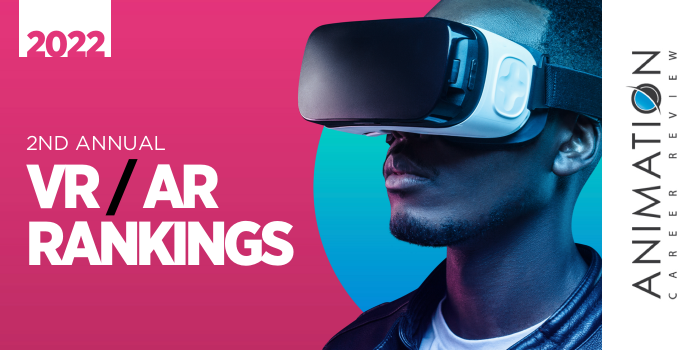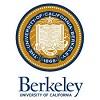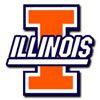North Carolina State University (NC State or NCSU) has several pathways to study AR/VR. Students can earn a BA or MA degree in Art + Design (A + D), with access to several AR/VR and mixed reality labs. Founded in 1887 as the North Carolina College of Agriculture and Mechanic Arts, NC State has provides more than 300 undergraduate and graduate degree programs to 36,000+ students. Programs are housed in 12 colleges and schools and 65 departments. The BA and MA Programs are housed in the College of Design, which also offers a 16 credit hour A + D Minor with a customizable curriculum.
The College of Design is home to the Experience Design (IX) and Mixed Reality Labs (MxR), and the College of Engineering’s Edward P. Fitts Department of Industrial and Systems Engineering houses the Virtual and Augmented Reality Lab (VR).
The IX Lab is a cross-disciplinary community of artists, designers, humanists, scientists, and engineers that focus on expanding worlds through AR/VR and other new and emerging technologies.
The MxR Lab consists of designers, engineers, and individuals interested in experimentation. The Lab focuses on AR/VR and MR technologies. Projects have included Axe One, Morphaces, and Pop’n’Play.
In the VR Lab researchers study the interaction between humans and AR/VR. Projects have included include User Performance Training and Patient Motor Learning. Current projects include Scale Cognition through Advanced Learning Environments in Virtual Reality (SCALE-VR), Virtual Instructor Application using Augmented Reality for Worker Posture Training, and Investigation of Virtual Reality Guided Upper Limb Exercises.
Accessible equipment includes four-sided (C4) Cave Automatic Virtual Environment (CAVE) with full-body tracking capability, several head-mounted displays (HMDs), and a head-up display (HUD). In addition, a variety of peripheral devices that support movement tracking are available.
In the College of Design’s interdisciplinary, studio-based A + D BA, students have the opportunity to learn about and develop creative portfolios in areas such as AR/VR, Interactive and Computational Media, Motion Graphics, Visual Effects (VFX), Graphic and Interactive Narratives, Game Design, 3D Modeling, and others. In addition, three Concentrations are available: Gaming + Interaction Design, Animation (2D + 3D), and Fibers + Soft Construction.
Students may also create a focus through required free electives totaling 12 credit hours. Elective examples include Advanced Digital Techniques, Digital Representation, and Art + Design Laboratory. Course examples for the program include Visualization, Art + Design Laboratory, Creative Technology, Digital Imaging, Advanced Digital Techniques, Digital Motion, and Animation. Studios include Creative technology, Art and Design International, and Design, Context, and Experience.
The MA in A +D (M.A.D) focuses on Experimental Media Arts. Depending on the student’s academic background and experience, they may enroll in the 30-, 48- or 72-credit Track. Course examples include Sequential Imaging, Visualizing Narratives, Graduate Studio: Immersive and Experimental narratives, Digital Motion, Special Effects, Animation, Dynamic Data, Digital Modeling, and Coding for Designers. Final projects for the M.A.D. Program may explore AR/VR, VFX, Interactive and Computational Media, Graphic and Interactive Narratives, Visual Composition, and Motion Graphics, among others.
Graduates of the Art + Design Department at North Carolina State University work in fields such as Software Design, Multimedia, Illustration, Textile Design, Fashion and Apparel Design, Art and Design Education, Photography, Filmmaking, Special Effects-Digital, Set Design, Exhibition Design, Museum Education, and Public Art. Some graduates have launched their own businesses and studios. Entrepreneurs.



























